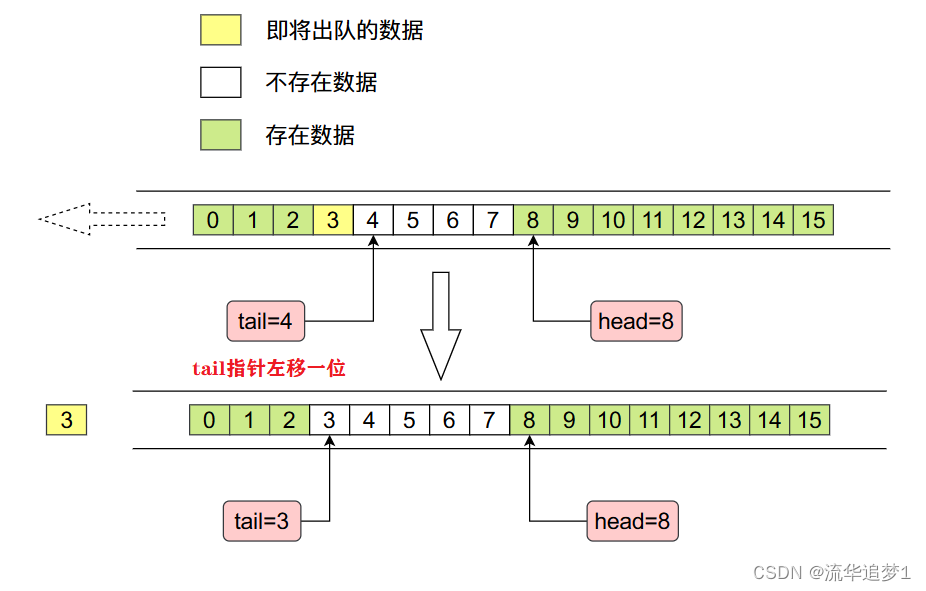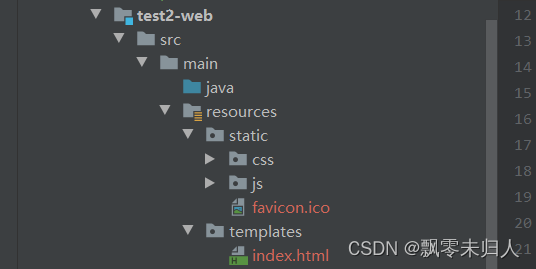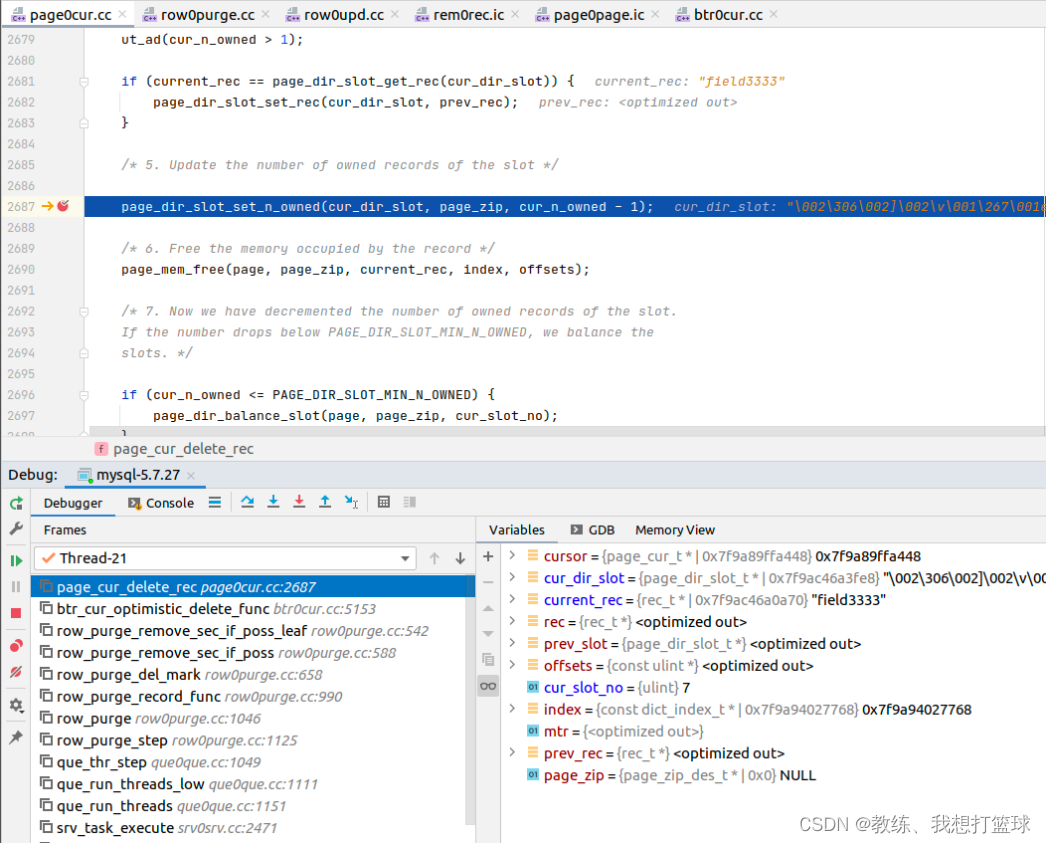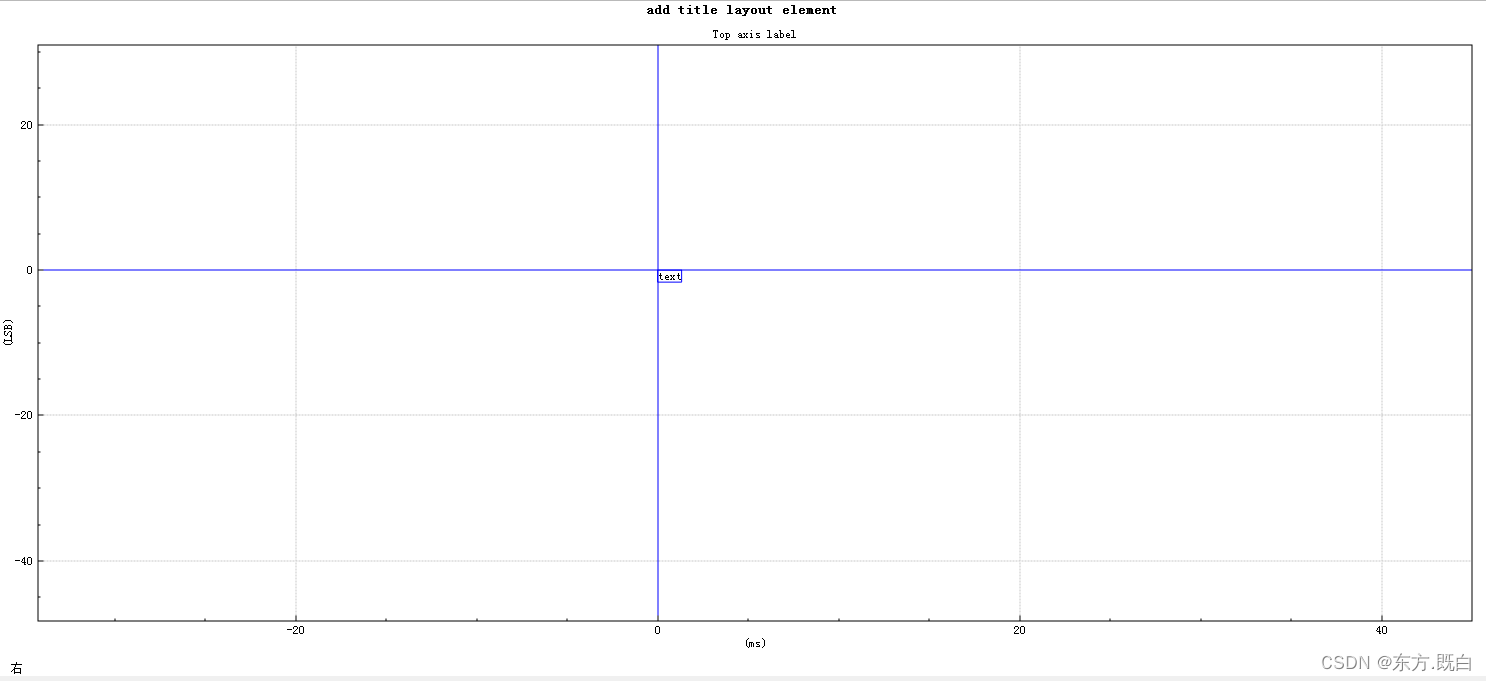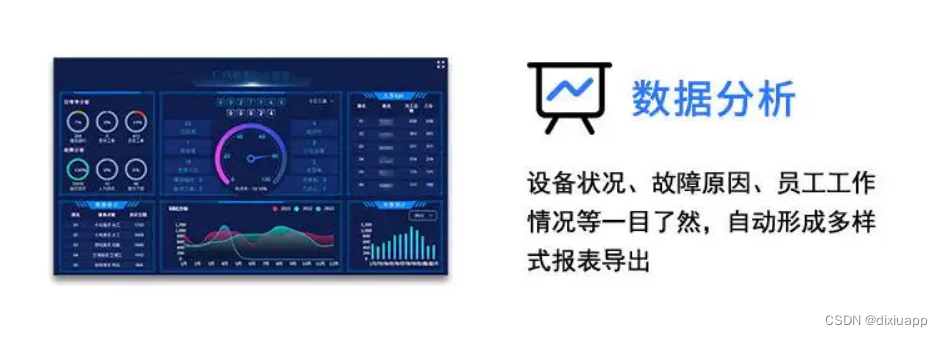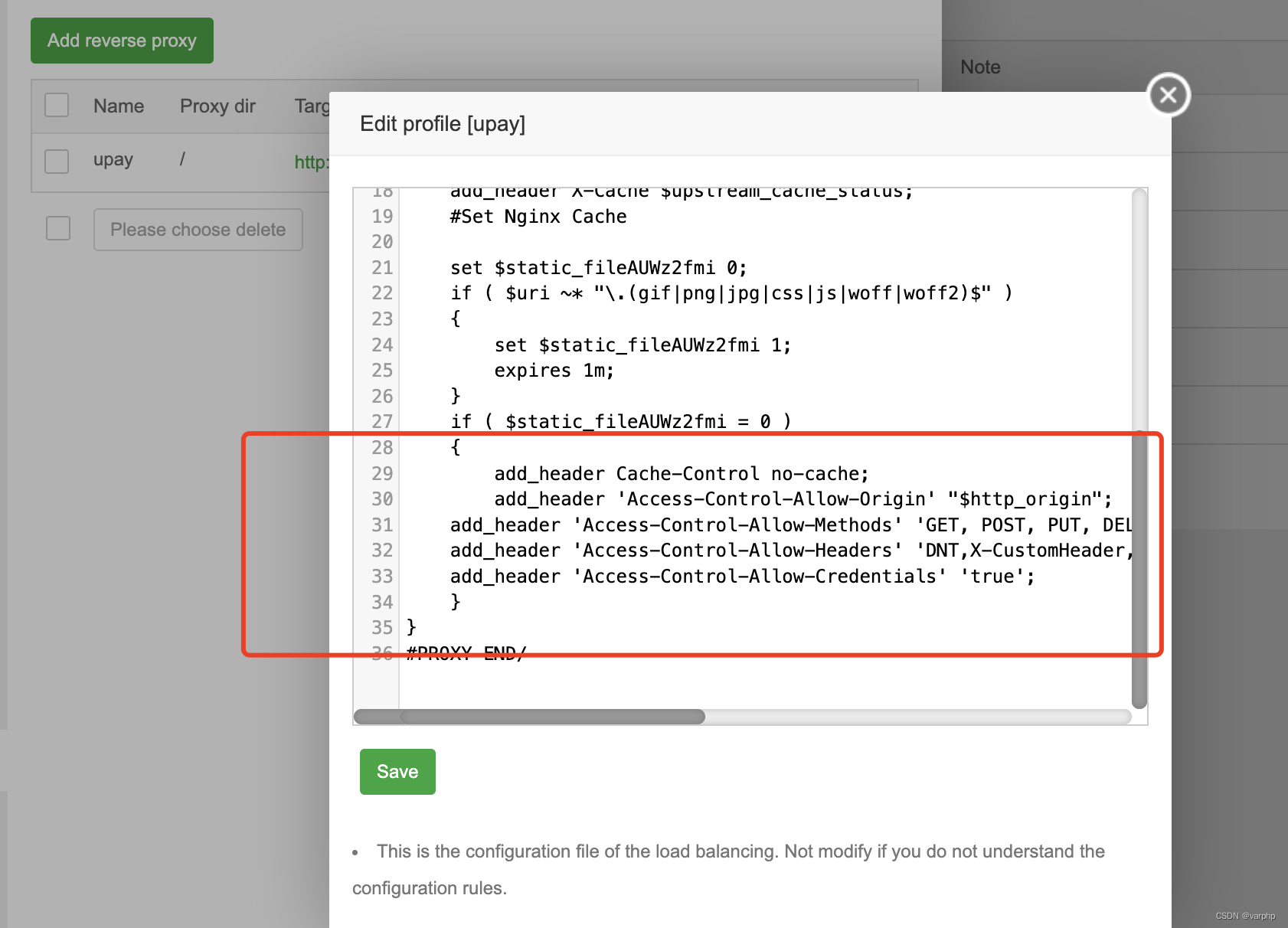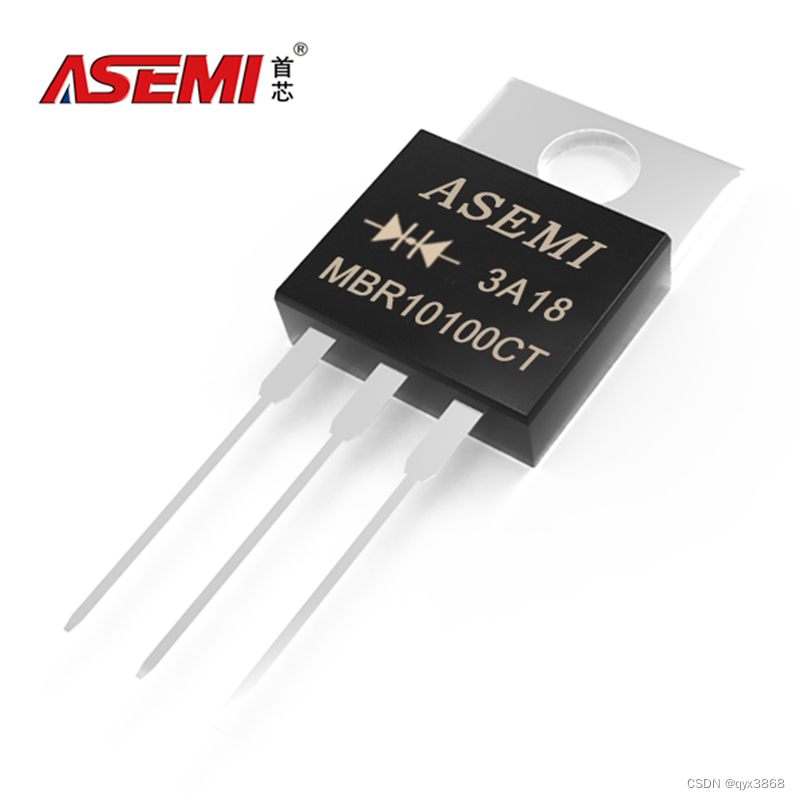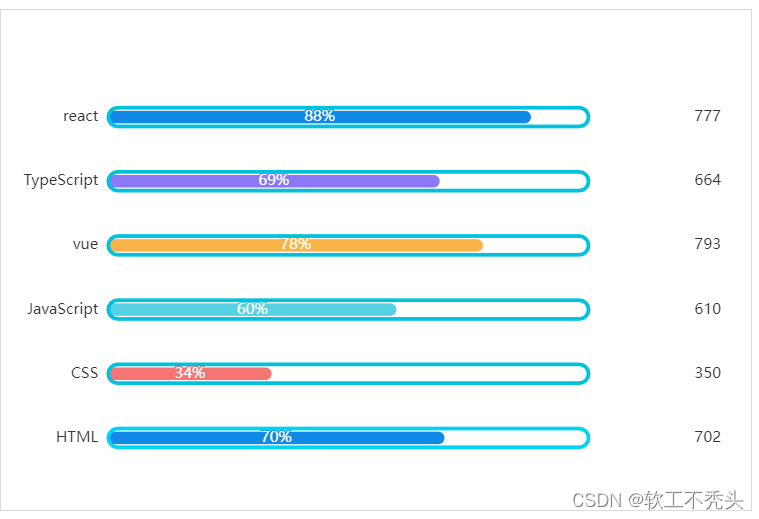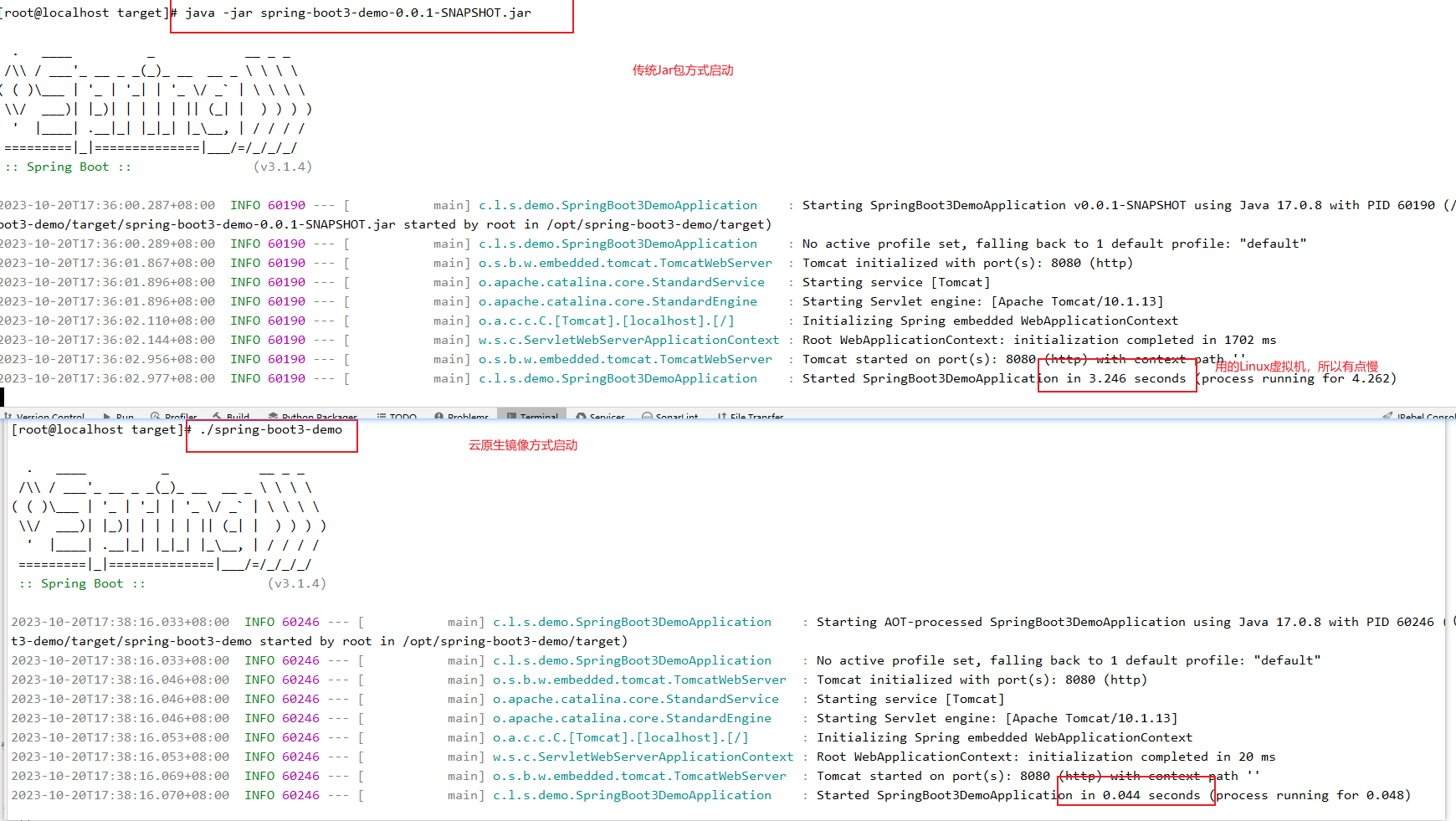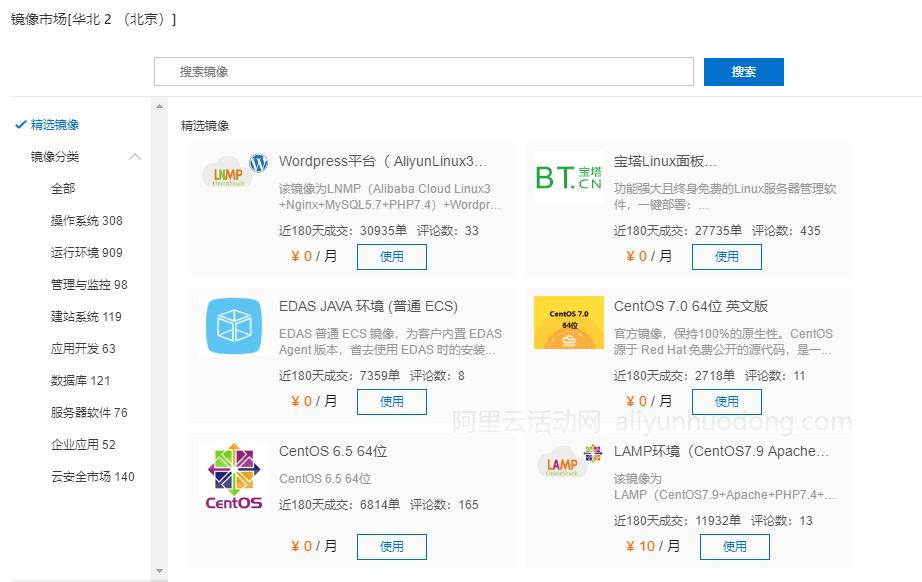目录
- 1、uvc_video.c
- 初始化函数的调用关系
- 2、uvc_queue.c
- 3、uvc_v4l2.c
- 4、v4l2-core
- 5、数据传输
- 1、分配一个gadget请求
- 2、请求一个queue
1、uvc_video.c
// uvc_video.c
uvc_video_encode_header
uvc_video_encode_data
uvc_video_encode_bulk
uvc_video_encode_isoc
uvcg_video_ep_queue
uvc_video_complete
uvc_video_free_requests //释放video请求
uvc_video_alloc_requests //分配video请求
uvcg_video_pump //Pump video data into the USB requests
uvcg_video_enable //Enable or disable the video stream
uvcg_video_init //Initialize UVC video stream
初始化函数的调用关系
uvc_function_bind //f_uvc.c
uvcg_video_init(&uvc->video, uvc) //f_uvc.c Initialise video
uvcg_queue_init //uvc_video.c Initialize the video buffers queue
vb2_queue_init // videobuf2-v4l2.c
vb2_core_queue_init //videobuf2-core.c
2、uvc_queue.c
uvc_queue_setup
uvc_buffer_prepare
uvc_buffer_queue
uvcg_queue_init
uvcg_free_buffers
uvcg_alloc_buffers
uvcg_query_buffer
uvcg_dequeue_buffer
uvcg_queue_poll
uvcg_queue_mmap
uvcg_queue_get_unmapped_area
uvcg_queue_cancel
uvcg_queue_enable
uvcg_queue_next_buffer
uvcg_queue_head
3、uvc_v4l2.c
uvc_send_response
uvc_v4l2_querycap
uvc_v4l2_get_format
uvc_v4l2_set_format
uvc_v4l2_reqbufs
uvc_v4l2_querybuf
uvc_v4l2_qbuf
uvc_v4l2_dqbuf
uvc_v4l2_streamon
uvc_v4l2_streamoff
uvc_v4l2_subscribe_event
uvc_v4l2_unsubscribe_event
uvc_v4l2_extend_configuration
uvc_v4l2_ioctl_default
uvc_v4l2_open
uvc_v4l2_release
uvc_v4l2_mmap
uvc_v4l2_poll
uvcg_v4l2_get_unmapped_area
#define call_qop(q, op, args...) \
({ \
int err; \
\
log_qop(q, op); \
err = (q)->ops->op ? (q)->ops->op(args) : 0; \
if (!err) \
(q)->cnt_ ## op++; \
err; \
})
uvc_function_bind //f_uvc.c
uvc_register_video //f_uvc.c
结构体uvc_v4l2_ioctl_ops //uvc_v4l2.c
uvc_v4l2_streamon //uvc_v4l2.c
uvcg_video_enable //uvc_video.c
uvcg_queue_enable //uvc_queue.c
vb2_streamon //videobuf2-v4l2.c
vb2_core_streamon //videobuf2-core.c
vb2_start_streaming //videobuf2-core.c
call_qop(q, start_streaming, q,atomic_read(&q->owned_by_drv_count)) videobuf2-core.c
4、v4l2-core
参考文章:https://blog.csdn.net/u013836909/article/details/125360024
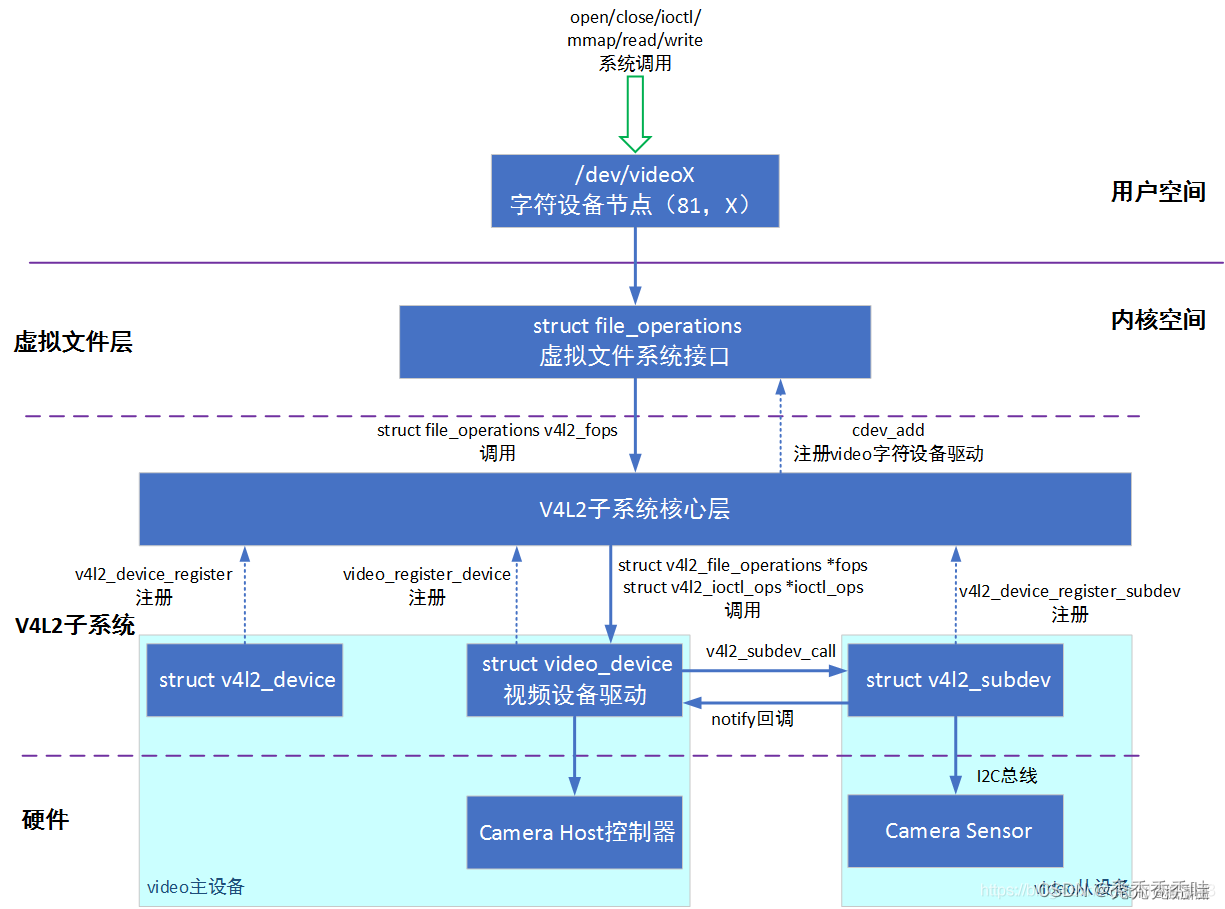
//drivers\media\v4l2-core\v4l2-dev.c
static const struct file_operations v4l2_fops = {
.owner = THIS_MODULE,
.read = v4l2_read,
.write = v4l2_write,
.open = v4l2_open,
.get_unmapped_area = v4l2_get_unmapped_area,
.mmap = v4l2_mmap,
.unlocked_ioctl = v4l2_ioctl,
#ifdef CONFIG_COMPAT
.compat_ioctl = v4l2_compat_ioctl32,
#endif
.release = v4l2_release,
.poll = v4l2_poll,
.llseek = no_llseek,
};
video_register_device //include/media/v4l2-dev.h
__video_register_device //drivers/media/v4l2-core/v4l2-dev.c
//自动创建设备节点
device_register //drivers/media/v4l2-core/v4l2-dev.c
// include\media\v4l2-dev.h
/**
* struct v4l2_file_operations - fs operations used by a V4L2 device
*
* @owner: pointer to struct module
* @read: operations needed to implement the read() syscall
* @write: operations needed to implement the write() syscall
* @poll: operations needed to implement the poll() syscall
* @unlocked_ioctl: operations needed to implement the ioctl() syscall
* @compat_ioctl32: operations needed to implement the ioctl() syscall for
* the special case where the Kernel uses 64 bits instructions, but
* the userspace uses 32 bits.
* @get_unmapped_area: called by the mmap() syscall, used when %!CONFIG_MMU
* @mmap: operations needed to implement the mmap() syscall
* @open: operations needed to implement the open() syscall
* @release: operations needed to implement the release() syscall
*
* .. note::
*
* Those operations are used to implemente the fs struct file_operations
* at the V4L2 drivers. The V4L2 core overrides the fs ops with some
* extra logic needed by the subsystem.
*/
struct v4l2_file_operations {
struct module *owner;
ssize_t (*read) (struct file *, char __user *, size_t, loff_t *);
ssize_t (*write) (struct file *, const char __user *, size_t, loff_t *);
__poll_t (*poll) (struct file *, struct poll_table_struct *);
long (*unlocked_ioctl) (struct file *, unsigned int, unsigned long);
#ifdef CONFIG_COMPAT
long (*compat_ioctl32) (struct file *, unsigned int, unsigned long);
#endif
unsigned long (*get_unmapped_area) (struct file *, unsigned long,
unsigned long, unsigned long, unsigned long);
int (*mmap) (struct file *, struct vm_area_struct *);
int (*open) (struct file *);
int (*release) (struct file *);
};
static const struct file_operations v4l2_fops = {
.owner = THIS_MODULE,
.read = v4l2_read,
.write = v4l2_write,
.open = v4l2_open,
.get_unmapped_area = v4l2_get_unmapped_area,
.mmap = v4l2_mmap,
.unlocked_ioctl = v4l2_ioctl,
#ifdef CONFIG_COMPAT
.compat_ioctl = v4l2_compat_ioctl32,
#endif
.release = v4l2_release,
.poll = v4l2_poll,
.llseek = no_llseek,
};
通过V4L2子系统提供的v4l2_fops集合,可直接调用底层驱动实现的Video主设备struct v4l2_file_operations方法
__video_register_device
vdev->cdev->ops = &v4l2_fops
v4l2_open
vdev->fops->open(filp) //调用uvc_v4l2.c中的uvc_v4l2_open
v4l2_ioctl
vdev->fops->unlocked_ioctl(filp, cmd, arg) //调用uvc_v4l2.c中的video_ioctl2
video_usercopy(file, cmd, arg, __video_do_ioctl)
回调__video_do_ioctl
ops->vidioc_default //调用uvc_v4l2.c中的vidioc_default
//drivers\media\v4l2-core\v4l2-ioctl.c
long video_ioctl2(struct file *file,
unsigned int cmd, unsigned long arg)
{
return video_usercopy(file, cmd, arg, __video_do_ioctl);
}
EXPORT_SYMBOL(video_ioctl2);
5、数据传输
参考文章:https://blog.csdn.net/qq_32938605/article/details/119787380
1、分配一个gadget请求
// \udc\ambarella_udc.c
static const struct usb_ep_ops ambarella_ep_ops = {
.enable = ambarella_udc_ep_enable,
.disable = ambarella_udc_ep_disable,
.alloc_request = ambarella_udc_alloc_request,
.free_request = ambarella_udc_free_request,
.queue = ambarella_udc_queue,
.dequeue = ambarella_udc_dequeue,
.set_halt = ambarella_udc_set_halt,
/* fifo ops not implemented */
};
usb_ep_alloc_request 分配一个gadget请求
// \udc\core.c
/**
* usb_ep_alloc_request - allocate a request object to use with this endpoint
* @ep:the endpoint to be used with with the request
* @gfp_flags:GFP_* flags to use
*
* Request objects must be allocated with this call, since they normally
* need controller-specific setup and may even need endpoint-specific
* resources such as allocation of DMA descriptors.
* Requests may be submitted with usb_ep_queue(), and receive a single
* completion callback. Free requests with usb_ep_free_request(), when
* they are no longer needed.
*
* Returns the request, or null if one could not be allocated.
*/
struct usb_request *usb_ep_alloc_request(struct usb_ep *ep,
gfp_t gfp_flags)
{
struct usb_request *req = NULL;
req = ep->ops->alloc_request(ep, gfp_flags);
trace_usb_ep_alloc_request(ep, req, req ? 0 : -ENOMEM);
return req;
}
EXPORT_SYMBOL_GPL(usb_ep_alloc_request);
//f_uvc.c的bind()函数
/* Preallocate control endpoint request. */
uvc->control_req = usb_ep_alloc_request(cdev->gadget->ep0, GFP_KERNEL);
uvc->control_buf = kmalloc(UVC_MAX_REQUEST_SIZE, GFP_KERNEL);
if (uvc->control_req == NULL || uvc->control_buf == NULL) {
ret = -ENOMEM;
goto error;
}
uvc->control_req->buf = uvc->control_buf;
uvc->control_req->complete = uvc_function_ep0_complete;
uvc->control_req->context = uvc;
//ambarella_udc.c
ambarella_udc_probe
ambarella_init_gadget
ep->ep.ops = &ambarella_ep_ops
2、请求一个queue
usb_ep_queue 请求一个queue
/**
* usb_ep_queue - queues (submits) an I/O request to an endpoint.
* @ep:the endpoint associated with the request
* @req:the request being submitted
* @gfp_flags: GFP_* flags to use in case the lower level driver couldn't
* pre-allocate all necessary memory with the request.
*
* This tells the device controller to perform the specified request through
* that endpoint (reading or writing a buffer). When the request completes,
* including being canceled by usb_ep_dequeue(), the request's completion
* routine is called to return the request to the driver. Any endpoint
* (except control endpoints like ep0) may have more than one transfer
* request queued; they complete in FIFO order. Once a gadget driver
* submits a request, that request may not be examined or modified until it
* is given back to that driver through the completion callback.
*
* Each request is turned into one or more packets. The controller driver
* never merges adjacent requests into the same packet. OUT transfers
* will sometimes use data that's already buffered in the hardware.
* Drivers can rely on the fact that the first byte of the request's buffer
* always corresponds to the first byte of some USB packet, for both
* IN and OUT transfers.
*
* Bulk endpoints can queue any amount of data; the transfer is packetized
* automatically. The last packet will be short if the request doesn't fill it
* out completely. Zero length packets (ZLPs) should be avoided in portable
* protocols since not all usb hardware can successfully handle zero length
* packets. (ZLPs may be explicitly written, and may be implicitly written if
* the request 'zero' flag is set.) Bulk endpoints may also be used
* for interrupt transfers; but the reverse is not true, and some endpoints
* won't support every interrupt transfer. (Such as 768 byte packets.)
*
* Interrupt-only endpoints are less functional than bulk endpoints, for
* example by not supporting queueing or not handling buffers that are
* larger than the endpoint's maxpacket size. They may also treat data
* toggle differently.
*
* Control endpoints ... after getting a setup() callback, the driver queues
* one response (even if it would be zero length). That enables the
* status ack, after transferring data as specified in the response. Setup
* functions may return negative error codes to generate protocol stalls.
* (Note that some USB device controllers disallow protocol stall responses
* in some cases.) When control responses are deferred (the response is
* written after the setup callback returns), then usb_ep_set_halt() may be
* used on ep0 to trigger protocol stalls. Depending on the controller,
* it may not be possible to trigger a status-stage protocol stall when the
* data stage is over, that is, from within the response's completion
* routine.
*
* For periodic endpoints, like interrupt or isochronous ones, the usb host
* arranges to poll once per interval, and the gadget driver usually will
* have queued some data to transfer at that time.
*
* Note that @req's ->complete() callback must never be called from
* within usb_ep_queue() as that can create deadlock situations.
*
* This routine may be called in interrupt context.
*
* Returns zero, or a negative error code. Endpoints that are not enabled
* report errors; errors will also be
* reported when the usb peripheral is disconnected.
*
* If and only if @req is successfully queued (the return value is zero),
* @req->complete() will be called exactly once, when the Gadget core and
* UDC are finished with the request. When the completion function is called,
* control of the request is returned to the device driver which submitted it.
* The completion handler may then immediately free or reuse @req.
*/
int usb_ep_queue(struct usb_ep *ep,
struct usb_request *req, gfp_t gfp_flags)
{
int ret = 0;
if (WARN_ON_ONCE(!ep->enabled && ep->address)) {
ret = -ESHUTDOWN;
goto out;
}
ret = ep->ops->queue(ep, req, gfp_flags);
out:
trace_usb_ep_queue(ep, req, ret);
return ret;
}
EXPORT_SYMBOL_GPL(usb_ep_queue);
usb_ep_queue的调用流程
// uvc_v4l2.c
ioctl(dev->fd, UVCIOC_SEND_RESPONSE, &resp)//应用层
uvc_v4l2_ioctl_default
uvc_send_response(uvc, arg)
usb_ep_queue(cdev->gadget->ep0, req, GFP_KERNEL)


